Medication Side Effect Tracker
Record symptoms to see your analysis...
It’s one of the most common and frustrating questions patients face: Is this new feeling caused by my illness, or is it from my medicine? You start a new pill for high blood pressure, and suddenly you’re dizzy. You begin an antidepressant, and now you can’t sleep. Is your condition getting worse-or is the treatment itself causing the problem?
This isn’t just confusion. Misunderstanding the difference can lead to unnecessary tests, extra medications, or even stopping something that’s helping you. In fact, a 2021 study in JAMA Internal Medicine found that nearly 40% of patients with chronic illnesses wrongly blame their meds for symptoms that are actually part of their disease. And that’s just the tip of the iceberg.
What Exactly Is a Side Effect?
A side effect is an unintended reaction to a drug taken at the right dose. It’s not a mistake. It’s not an overdose. It’s just how your body responds to the chemical. The World Health Organization defines it clearly: any response to a medication that isn’t the intended therapeutic effect.
Some side effects are mild and common-like dry mouth from antihistamines, nausea when starting an antibiotic, or drowsiness after taking a sleep aid. Others are more serious, like weight gain from antipsychotics or a persistent cough from ACE inhibitors like lisinopril. The key? These reactions are usually predictable. Doctors know they happen. They’re listed in the medication guide you get at the pharmacy.
Side effects often show up within days or weeks of starting a new drug. For example, if you begin taking sertraline (Zoloft) and within two weeks you notice reduced libido or trouble reaching orgasm, that’s a known SSRI side effect. It’s not your depression getting worse-it’s the medicine.
What Counts as a Disease Symptom?
Disease symptoms are the direct result of your illness. They follow the pattern of the condition itself. If you have depression, fatigue, low motivation, trouble concentrating, and sleep problems are core symptoms-not side effects. If you have arthritis, joint pain, stiffness, and swelling are symptoms. If you have diabetes, frequent urination, thirst, and blurry vision are signs your blood sugar is high.
These symptoms don’t suddenly appear because you took a pill. They develop over time as the disease progresses. And they usually don’t change just because you adjust your dose. If your arthritis pain gets worse after starting a new blood pressure med, that’s not your arthritis flaring-it’s probably the medication.
Timing Is Everything
One of the clearest ways to tell the difference is timing.
- If the symptom started within 24 to 72 hours after taking a new drug, it’s likely an acute reaction-like an allergic rash or sudden dizziness.
- If it appeared 1 to 4 weeks after starting the medication, it’s probably a common side effect. Think weight gain from antidepressants, constipation from opioids, or fatigue from beta-blockers.
- If the symptom was already there before you started the drug, and it’s slowly getting worse over months, it’s likely your disease progressing.
For example, someone starting metformin for type 2 diabetes might get diarrhea in the first week. That’s a side effect-it usually fades after a few weeks. But if their blood sugar keeps climbing over months despite taking metformin, that’s the disease not being controlled.
Dose Matters
Side effects often get worse when you take more of the drug. If you double your dose of a sleep aid and suddenly feel foggy all day, that’s a classic sign it’s the medication.
Disease symptoms usually don’t follow that pattern. Your joint pain doesn’t get worse just because you take more ibuprofen. Your anxiety doesn’t spike because you took an extra dose of your antidepressant. In fact, sometimes taking more medicine helps control the disease-and that’s the point.
Studies show about 70% of side effects are dose-dependent. That means lowering the dose often reduces or eliminates the side effect without hurting the treatment’s effectiveness.

Does It Go Away on Its Own?
Many side effects fade as your body adjusts. Up to 70% of common ones-like nausea from antibiotics, dizziness from blood pressure meds, or insomnia from SSRIs-get better within 2 to 6 weeks.
If your symptom improves over time while you keep taking the medicine, it’s likely a side effect. But if it keeps getting worse or stays the same, it’s more likely your disease.
Take antidepressants again. Many people feel worse in the first two weeks-more anxious, more tired. That’s a side effect. But if you keep going, most people start feeling better by week 4 or 5. That’s the medicine working. If you still feel awful after 8 weeks? Then it’s time to talk to your doctor-maybe the drug isn’t right for you.
Allergic Reactions Are Different
Don’t confuse side effects with allergic reactions. Allergies are rare but dangerous. They happen fast-within minutes to hours-and don’t depend on dose. You can take one pill and break out in hives, have swelling in your throat, or struggle to breathe.
These are emergencies. If you have trouble breathing, swelling of the face or tongue, or a rapid heartbeat after taking a new medication, call 911. This isn’t a side effect. This is anaphylaxis.
Side effects are annoying. Allergies are life-threatening. Know the difference.
Polypharmacy Makes It Harder
If you’re taking five or more medications-which 35% of adults over 65 do-the chances of side effects and drug interactions go up dramatically. That’s when things get messy.
A 2021 study found that 1 in 3 patients on multiple drugs end up with symptoms that look like disease progression but are actually caused by interactions. For example, taking a blood pressure pill and an antacid together might cause dizziness. But if you think it’s your heart failing, you might get unnecessary tests or even be admitted to the hospital.
Older adults are especially at risk. In fact, 15 to 20% of new dementia diagnoses in seniors turn out to be side effects from anticholinergic drugs-like some antihistamines, bladder meds, or antidepressants. Stop the drug, and the brain fog clears.
Use a Symptom Journal
The most powerful tool you have? A simple journal.
Write down:
- What you took (name and dose)
- When you took it
- What symptom you felt
- How bad it was (1 to 10)
- How long it lasted
- Anything else going on (stress, sleep, diet)
Do this for two weeks. Then show it to your doctor. A 2022 study in Patient Education and Counseling found that people who kept a journal improved diagnostic accuracy by 41%. You’re not just guessing anymore-you’re giving your doctor hard data.
Apps like Medisafe or MyTherapy can help automate this. They send reminders to log symptoms and even flag patterns like “dizziness always happens 2 hours after your 8 a.m. pill.”
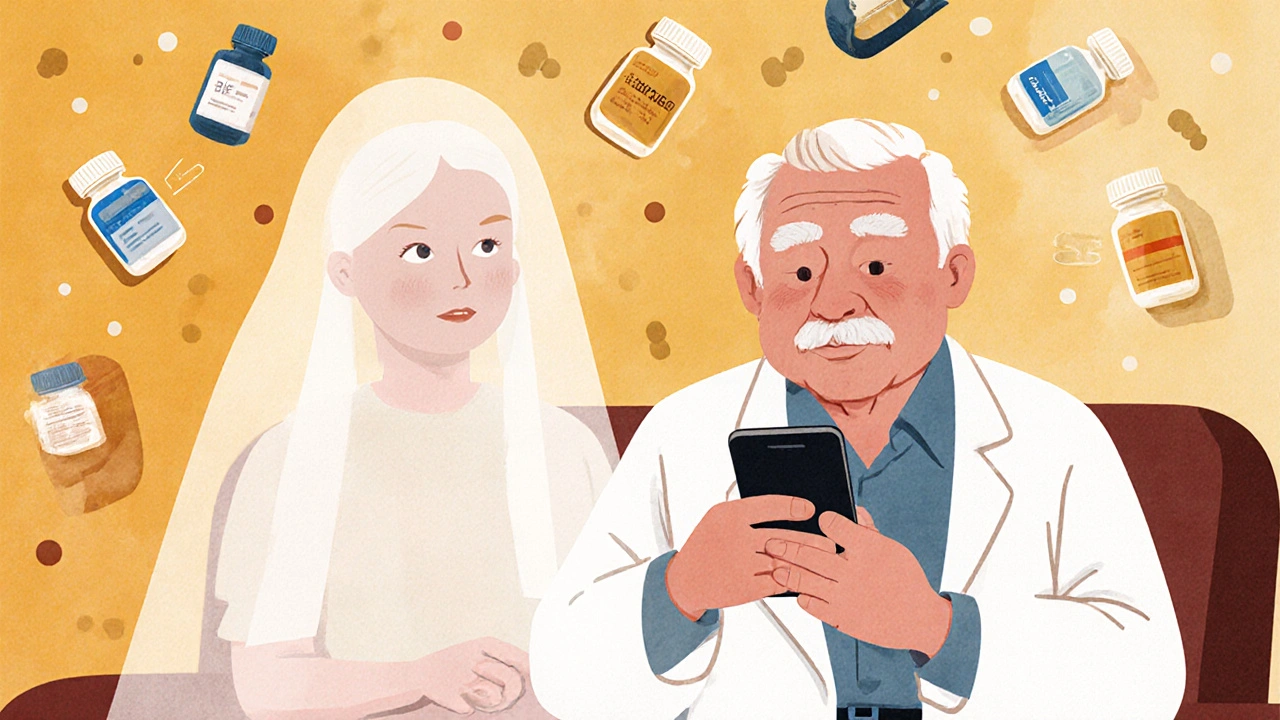
The Dechallenge-Rechallenge Trick
This is a method doctors use-and you can ask about it.
“Dechallenge” means stopping the drug temporarily (only under medical supervision). If your symptom disappears, that’s a strong clue it was the medication.
Then comes “rechallenge”: restarting the drug. If the symptom comes back, that’s nearly proof it’s a side effect. Studies show this method is 85% accurate.
It’s not always safe to do this on your own-especially with heart or mental health meds. But you can ask your doctor: “Could we try stopping this for a week to see if things improve?”
What to Do When You’re Not Sure
Don’t guess. Don’t stop cold turkey. Don’t add another pill to fix the side effect.
Here’s what to do instead:
- Write down your symptoms and when they started.
- Check the medication guide. Look up the drug name and see what side effects are listed.
- Call your pharmacist. They know the drug inside and out.
- Make an appointment with your doctor. Bring your journal.
- Ask: “Could this be a side effect? Or is it my condition?”
Most doctors will appreciate you being proactive. And if they dismiss you? Find someone else. You deserve clarity.
Technology Is Helping
Hospitals are starting to use AI tools like MedAware’s SafetyRx, which analyzes your health records and flags possible side effects with 91% accuracy. Electronic health systems now warn doctors if a new drug might clash with what you’re already taking.
Some insurance plans now cover pharmacogenomic testing-where they check your genes to see how you’re likely to react to certain drugs. This can prevent side effects before they start.
And wearables? Apple Watch and Fitbit can now track heart rhythm changes. If you’re on a drug that might cause irregular heartbeat, and your device picks up something unusual, your doctor gets alerted before you even feel sick.
Bottom Line
You’re not imagining things. You’re not overreacting. You’re not crazy. If something feels off after starting a new medication, it’s worth investigating.
Side effects are common. Disease symptoms are real. And the line between them? It’s blurry-but not impossible to trace.
Track your symptoms. Know your meds. Talk to your doctor. And remember: you’re not just a patient. You’re the expert on your own body. Use that power.

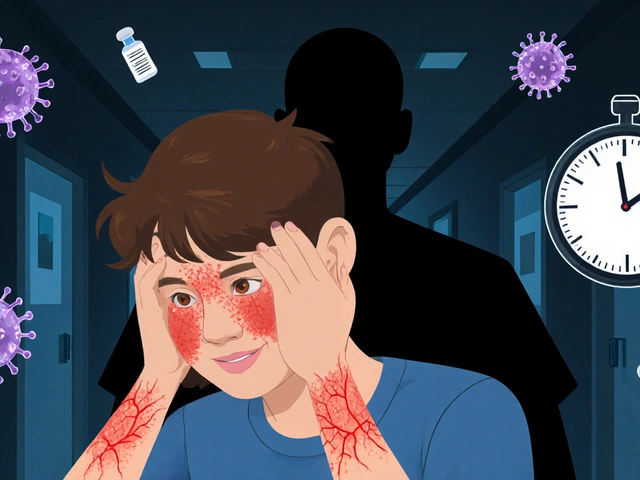
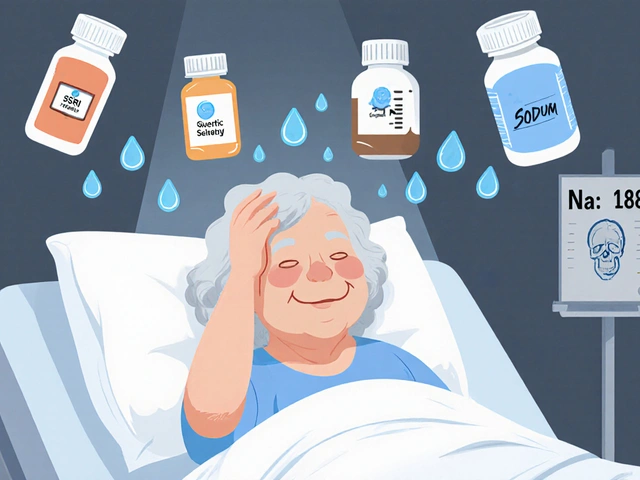
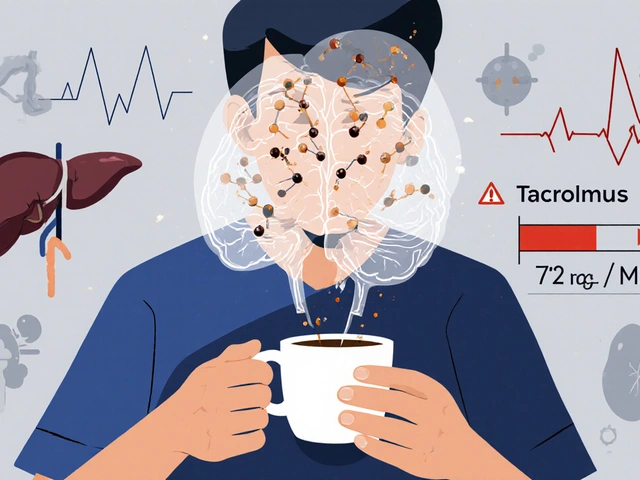


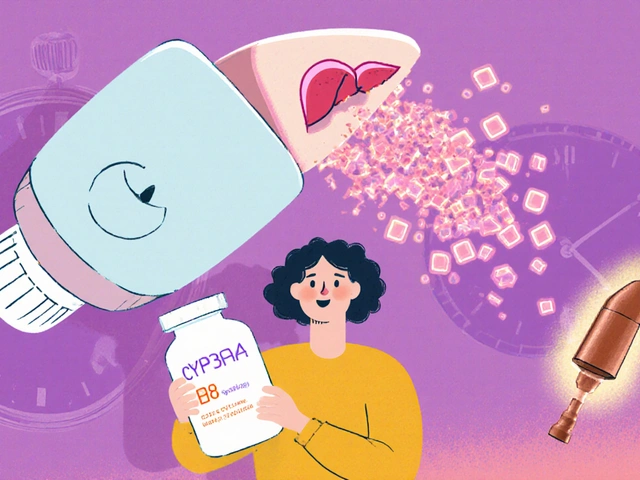

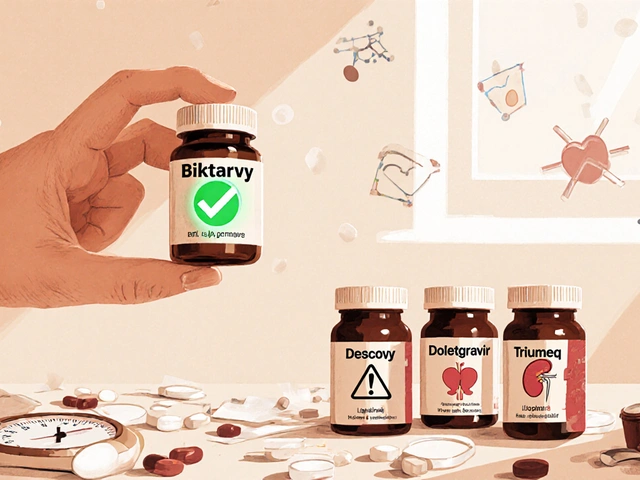

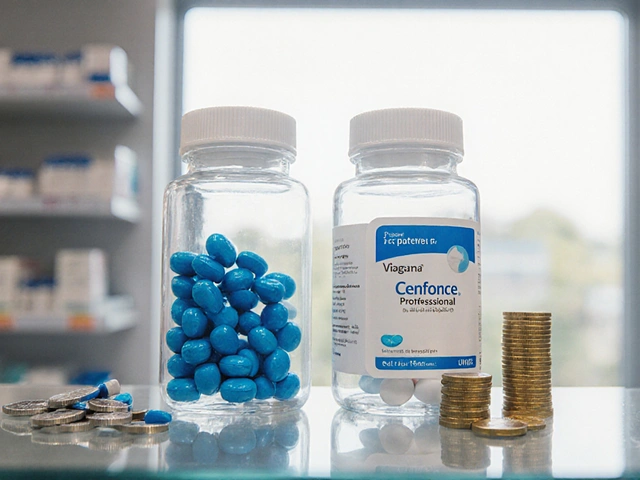
1 Comments
Ugh yes. I started lisinopril and thought I was dying from heart failure. Turned out I just had a cough. My doctor laughed when I told him I was scared I was having a heart attack. I was sobbing in the pharmacy parking lot. Turns out it’s a super common side effect. Don’t panic. Just log it.
Also, I use MyTherapy now. It’s dumb but helpful. I even got a notification that my dizziness happened every time I took it with coffee. Who knew?
Also also: I spelled ‘lisinopril’ wrong in my journal like 3 times. My pharmacist still knew what I meant. We’re all just winging it.